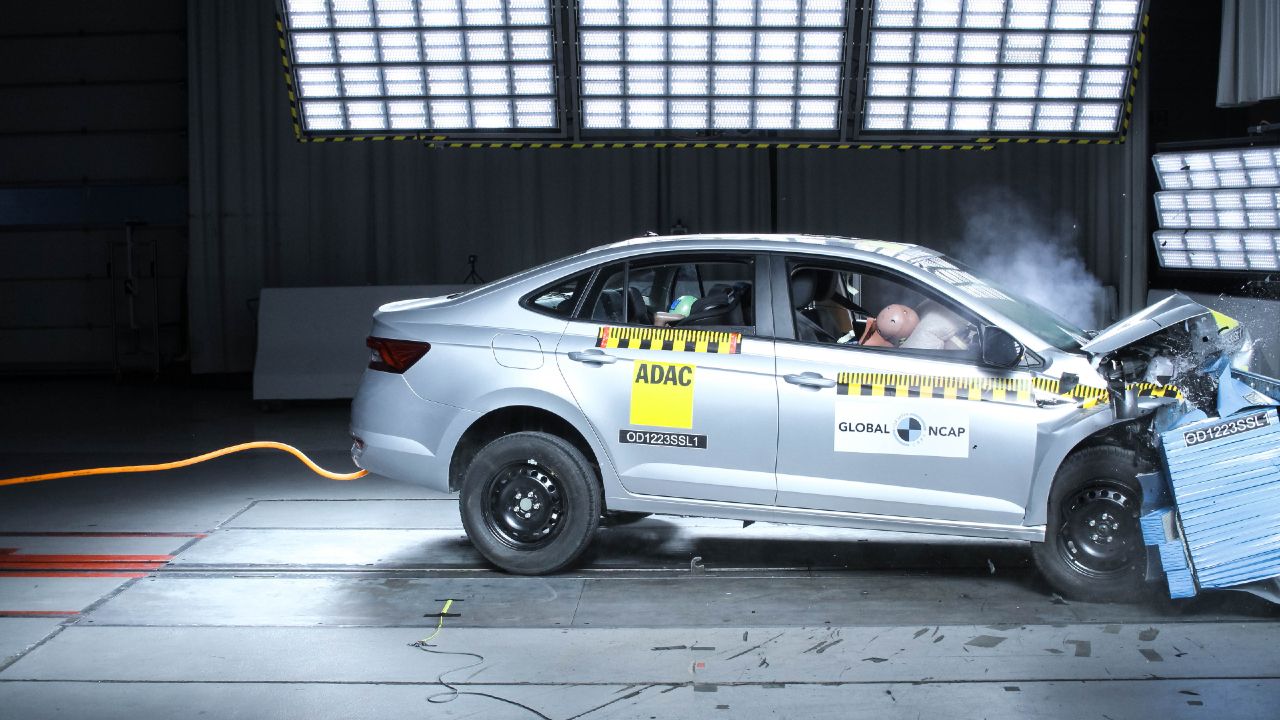
Bharat NCAP (Bharat New Car Assessment Programme) was launched today by the Union government. It was a watershed moment in India's history of safety regulations when Union Minister Nitin Gadkari presented Bharat NCAP norms. Under the Bharat NCAP program, automakers can send their vehicles for a crash test to receive ratings for their safety for adults and children's occupants. According to estimates from 2021, there are approximately 1.5 lakh road accidents in India annually and the government hopes to reduce this number with the introduction of Bharat NCAP. If you are shopping for a brand-new vehicle with safety in mind, you can use this score as a guide. This regulation is also expected to increase the competitiveness of Indian cars abroad. Beginning October 1, 2023, the BNCAP in its entirety will be operational. Global NCAP (GNCAP) is an international organisation that evaluates vehicle safety for both adults and children. India now has its own set of safety standards thanks to the creation of BNCAP.
Bharat NCAP: What are the M1 Category Vehicles in India?
Based on Global NCAP, which evaluates cars around the world, the Indian government has decreed that BNCAP will assign safety ratings to all M1 category vehicles sold in the country. Of course, you might be curious as to what precisely the M1 category vehicles in India are. Don't worry, we'll explain what the M1 category of vehicles in India is and what kinds of vehicles fall into this category.
M1 category vehicles are those used for the carriage of passengers, comprising not more than 8 seats, including the driver's seat. So Vehicles like hatchbacks, SUVs, MPS, Sedans, Crossover, etc. fall under this category.
The government has taken several measures to guarantee the safety of passengers. It was proposed on January 14, 2022, that all M1-category vehicles produced after October 1, 2022, must be equipped with two side/side torso airbags, one for each person seated in the front row's outboard seats, and two side-curtain/tube airbags, one for each person seated in the front row's outboard seats.
In addition, it was proposed in February 2022 that beginning on October 1, 2022, all front seats in vehicles classified as M1 must be equipped with a three-point seat belt. The Ministry has also implemented measures such as rules for certifying a vehicle's fitness for the road, anti-lock braking systems, speed limiting devices, and fire alarm and protection systems in category M3 type buses and school buses.
Also Read: Bharat NCAP vs Global NCAP: What's Different Between the Two Crash Test Safety Norms?
Bharat NCAP: What is AIS-197?
The Central Motor Vehicles Rules (CMVR) and the AIS certification, also known as the Type Approval Certificate (TAC), were both established in 1989. The UNECE standards serve as the foundation for the Automotive Industry Standards. The CMVR covers a wide range of matters, from vehicle registration to traffic regulations to the manufacturing and servicing of vehicles. The Ministry of Road Transport and Highways (MoRTH) is responsible for issuing the Automotive Industry Standards (AIS) in India. Homologation of both individual parts and the entire vehicle is required for Type Approval certification. Before beginning full vehicle homologation, individual components must have completed the component-level process for certification in accordance with AIS guidelines.
The final version of the Bharat New Car Assessment Programme is known as ASI-107. The goal of the Bharat NCAP programme is to provide an impartial, useful, and objective evaluation of vehicle crash safety performance using standard laboratory tests in accordance with AIS-197. Assessments in three categories—Adult Occupant Protection (AOP), Child Occupant Protection (COP), and Safety Assist Technologies (SAT)—are combined to form an overall score for a given vehicle model. Each assessment domain has its own set of tests and assessment protocols detailed in appendices to AIS-197.

























Write your Comment